Urfa Biber is a unique Turkish chili flake known for its complex flavor profile combining smoky, raisin-like sweetness with moderate heat. Unlike regular chili flakes, authentic Urfa Biber undergoes a special fermentation process that creates its distinctive dark burgundy color and layered taste. Here's what you need to know: it's not just "hot"—it delivers slow-building warmth (25,000-30,000 SHU) with notes of tobacco, dried fruit, and subtle saltiness, making it ideal for finishing dishes rather than high-heat cooking.
This guide explains exactly how to use Urfa Biber in everyday cooking, where to find authentic versions (avoiding common counterfeits), and why it's become a secret weapon for chefs worldwide. We'll cover practical applications from salad dressings to chocolate desserts—plus the science behind what makes genuine Urfa Biber different from imitations.
Table of Contents
- What Is Urfa Biber? (Simple Explanation)
- How Urfa Biber Differs from Regular Chili Flakes
- Taste Profile Breakdown: What to Expect
- Traditional Production Process (Simplified)
- Urfa Biber vs Aleppo Pepper vs Chipotle
- 5 Practical Cooking Applications
- Where to Buy Authentic Urfa Biber
- Proper Storage Methods
- Conclusion
- Frequently Asked Questions
What Is Urfa Biber? (Simple Explanation)
Urfa Biber (also called isot pepper) is a Turkish chili flake made from dark red Urfa peppers grown in Şanlıurfa province. What makes it special is its unique curing process: after harvesting, peppers are briefly blanched, then sun-dried during the day and wrapped in sacks overnight. This moisture cycling creates natural fermentation that develops its signature raisin-like sweetness and deep smokiness—without actual smoke.
Unlike generic "chili flakes," authentic Urfa Biber has:
- Dark burgundy-to-black color (not bright red)
- Moist, slightly oily texture (not dry and powdery)
- Complex flavor: starts with tobacco smoke, finishes with dried fruit notes
- Moderate heat that builds slowly (25,000-30,000 SHU)
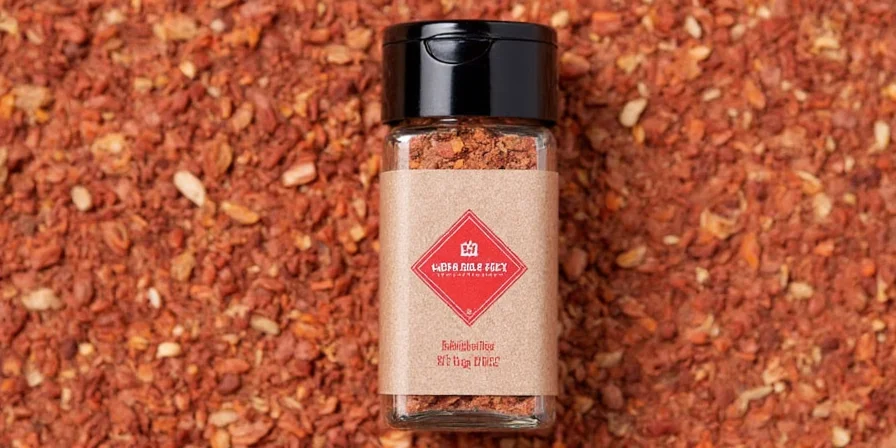
How Urfa Biber Differs from Regular Chili Flakes
Most store-bought "chili flakes" are simply dried and crushed red peppers with consistent heat and one-dimensional flavor. Urfa Biber's fermentation process creates completely different chemical compounds that deliver nuanced taste:
| Characteristic | Urfa Biber | Regular Chili Flakes |
|---|---|---|
| Color | Dark burgundy/black | Bright red |
| Texture | Moist, slightly oily | Dry, powdery |
| Heat Profile | Slow-building warmth | Immediate sharp heat |
| Flavor Notes | Smoky, raisin, tobacco | One-dimensional heat |
| Best Used For | Finishing dishes | Cooking with heat |
Taste Profile Breakdown: What to Expect
When you use authentic Urfa Biber, here's exactly what happens:
- First 5 seconds: Rich smokiness (like campfire)
- 5-15 seconds: Deep umami notes (similar to soy sauce)
- 15-30 seconds: Raisin-like sweetness emerges
- 30+ seconds: Warm, moderate heat spreads (never painful)
This progressive flavor development is why chefs call it "the vanilla of chili peppers"—it enhances other ingredients rather than overwhelming them.
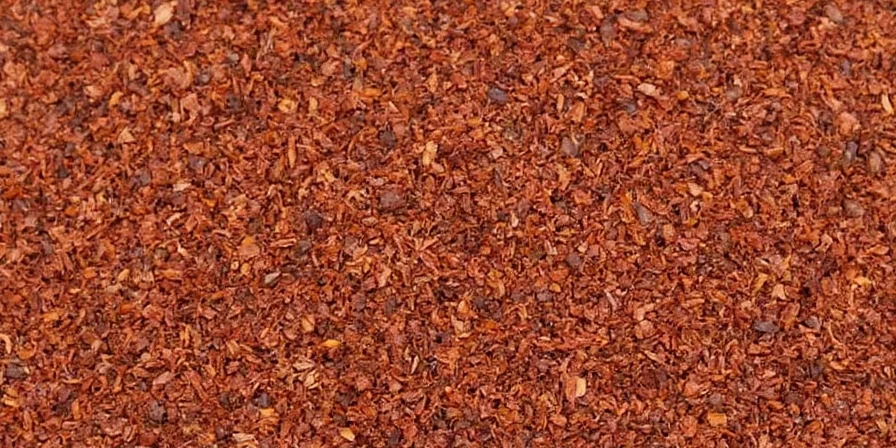
Traditional Production Process (Simplified)
Authentic Urfa Biber follows these critical steps:
- Peppers harvested at peak ripeness (August-October only)
- Brief blanching to preserve natural oils
- Daytime sun-drying (55-65°C)
- Nighttime moisture retention (wrapped in sacks)
- Repeated for 5-7 days until ideal moisture level
- Stone-ground (not machine-pulverized)
Imitation versions skip the nighttime moisture cycling, resulting in one-dimensional heat without complex flavor development.
Urfa Biber vs Aleppo Pepper vs Chipotle
How does it compare to similar ingredients?
| Spice | Heat Level | Flavor Notes | Best Uses |
|---|---|---|---|
| Urfa Biber | Moderate (builds slowly) | Smoky, raisin, tobacco | Finishing meats, dips, chocolate |
| Aleppo Pepper | Mild (immediate) | Citrusy, salted | Salads, roasted vegetables |
| Chipotle Powder | Medium-High | Smoky, earthy | BBQ sauces, stews |
| Regular Chili Flakes | Variable | One-note heat | Red sauces, pizza |
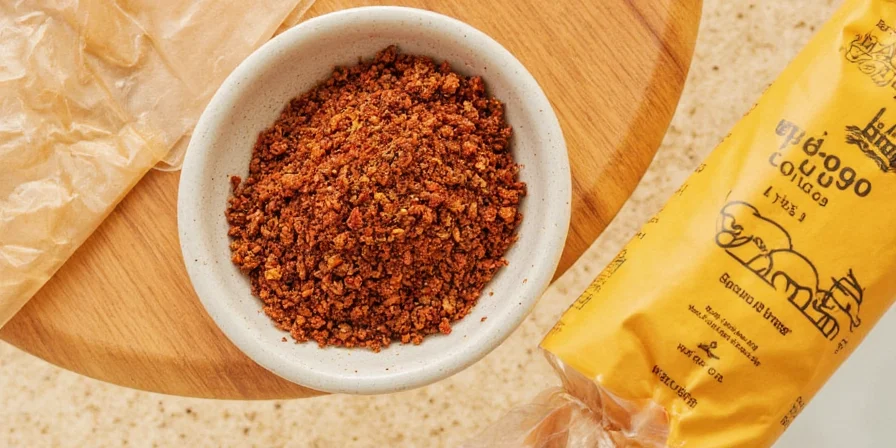
5 Practical Cooking Applications
You don't need to be a professional chef to use Urfa Biber effectively:
- Breakfast boost: Sprinkle on avocado toast (½ tsp transforms simple toast)
- Salad secret: Mix 1 tsp with olive oil and lemon juice for instant dressing
- Meat enhancer: Rub 1 tbsp into steak or lamb before cooking (not after!)
- Unexpected sweet use: Add to chocolate desserts (½ tsp in brownie batter)
- Instant flavor: Stir into Greek yogurt for quick dip (2 tsp per cup)
Pro tip: Always add Urfa Biber after cooking to preserve its delicate flavor compounds—unlike regular chili flakes which need heat activation.
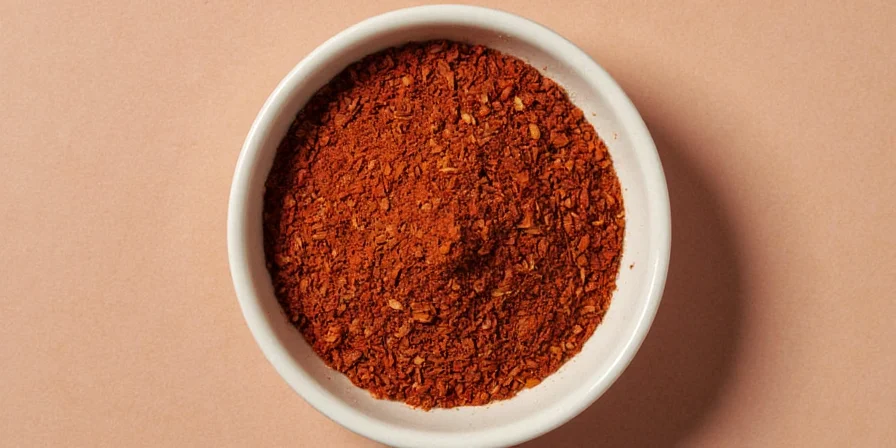
Where to Buy Authentic Urfa Biber
Most "Urfa Biber" sold online is imitation. Here's how to find the real thing:
Authenticity Checklist:
- Dark burgundy/black color (not bright red)
- Moist texture (should leave slight oil residue on fingers)
- Harvest date between August-October
- Contains only "Urfa peppers" in ingredients (no additives)
- Price point: $15-$25 per 4oz (counterfeits sell for $5-$8)
Recommended sources:
- For US customers: Burlap & Barrel Single Estate Urfa Biber (direct from Turkish producer)
- For EU customers: The Spice Shop's Turkish Urfa Biber
- Budget option: Spiceology Urfa Biber (better than most mainstream brands)
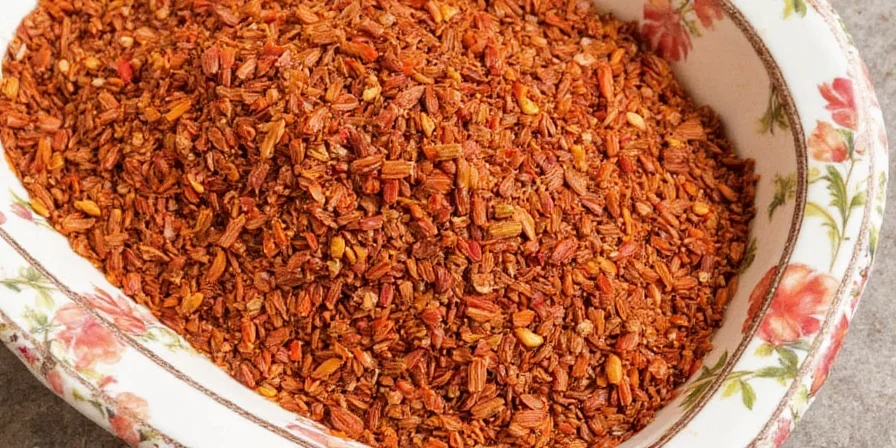
Proper Storage Methods
To maintain freshness for 12+ months:
- Store in airtight glass container (not plastic)
- Keep in cool, dark place (not next to stove)
- Never refrigerate (causes moisture damage)
- Buy in small quantities (flavor degrades after opening)
Signs of expired Urfa Biber: loss of dark color, dusty texture, diminished aroma.
Conclusion
Urfa Biber isn't just another chili flake—it's a flavor transformer that adds complexity without overwhelming heat. By understanding its unique production process and proper usage (especially adding it after cooking), you can elevate simple dishes with professional-level depth. Start with small amounts (¼-½ tsp) to experience its gradual flavor development, and always verify authenticity through color, texture, and sourcing. Whether you're making eggs, roasted vegetables, or even chocolate desserts, genuine Urfa Biber delivers the sophisticated finish that turns good food into exceptional cuisine.
Frequently Asked Questions
What's the main difference between Urfa Biber and regular chili flakes?
Urfa Biber undergoes a special fermentation process where peppers are sun-dried by day and wrapped overnight for moisture cycling. This creates complex flavor compounds (guaiacol and methyl syringate) that deliver smoky, raisin-like notes with slow-building heat. Regular chili flakes are simply dried and crushed peppers with immediate, one-dimensional heat.
Can I substitute paprika for Urfa Biber?
Smoked paprika is the closest substitute but lacks Urfa Biber's complexity. Mix 1 tsp smoked paprika + ¼ tsp cumin + ⅛ tsp salt to approximate the flavor. However, you'll miss the slow-building heat and raisin notes—true Urfa Biber's unique moisture-curing process creates compounds that can't be fully replicated.
Why is authentic Urfa Biber so expensive?
Genuine Urfa Biber requires specific growing conditions in Turkey's Şanlıurfa region and a 5-7 day artisanal curing process with nighttime moisture cycling. Most cheap versions are either mislabeled or skip the critical fermentation steps. The higher price reflects the labor-intensive production and limited seasonal harvest (August-October only).
Does Urfa Biber need to be cooked?
No—unlike regular chili flakes, Urfa Biber's delicate flavor compounds degrade with high heat. Always add it after cooking as a finishing spice. This preserves the volatile phenols responsible for its signature smoky-sweet notes. For best results, mix with cold ingredients like olive oil, yogurt, or directly onto finished dishes.
How can I tell if my Urfa Biber is authentic?
Authentic Urfa Biber should have: 1) Dark burgundy-to-black color (not bright red), 2) Slightly moist texture that leaves oil on fingers, 3) Complex aroma (smoke + raisin), 4) Harvest date between August-October, and 5) Single ingredient listing ("Urfa peppers"). If it's bright red, powdery dry, or smells only of heat, it's likely an imitation.

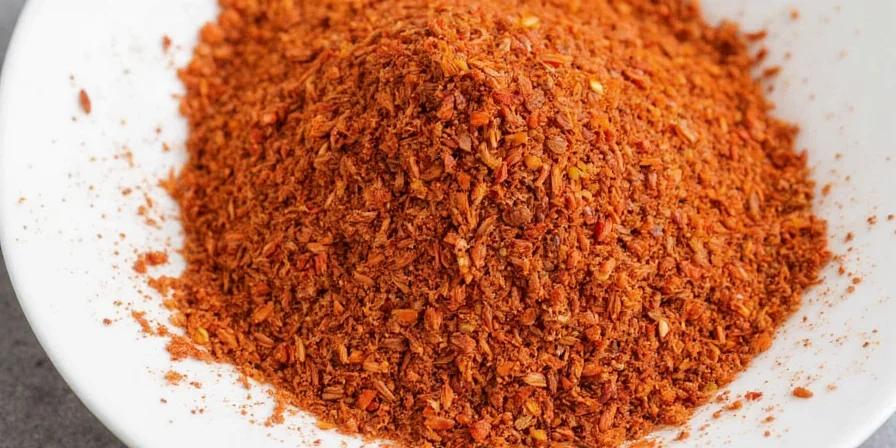









 浙公网安备
33010002000092号
浙公网安备
33010002000092号 浙B2-20120091-4
浙B2-20120091-4